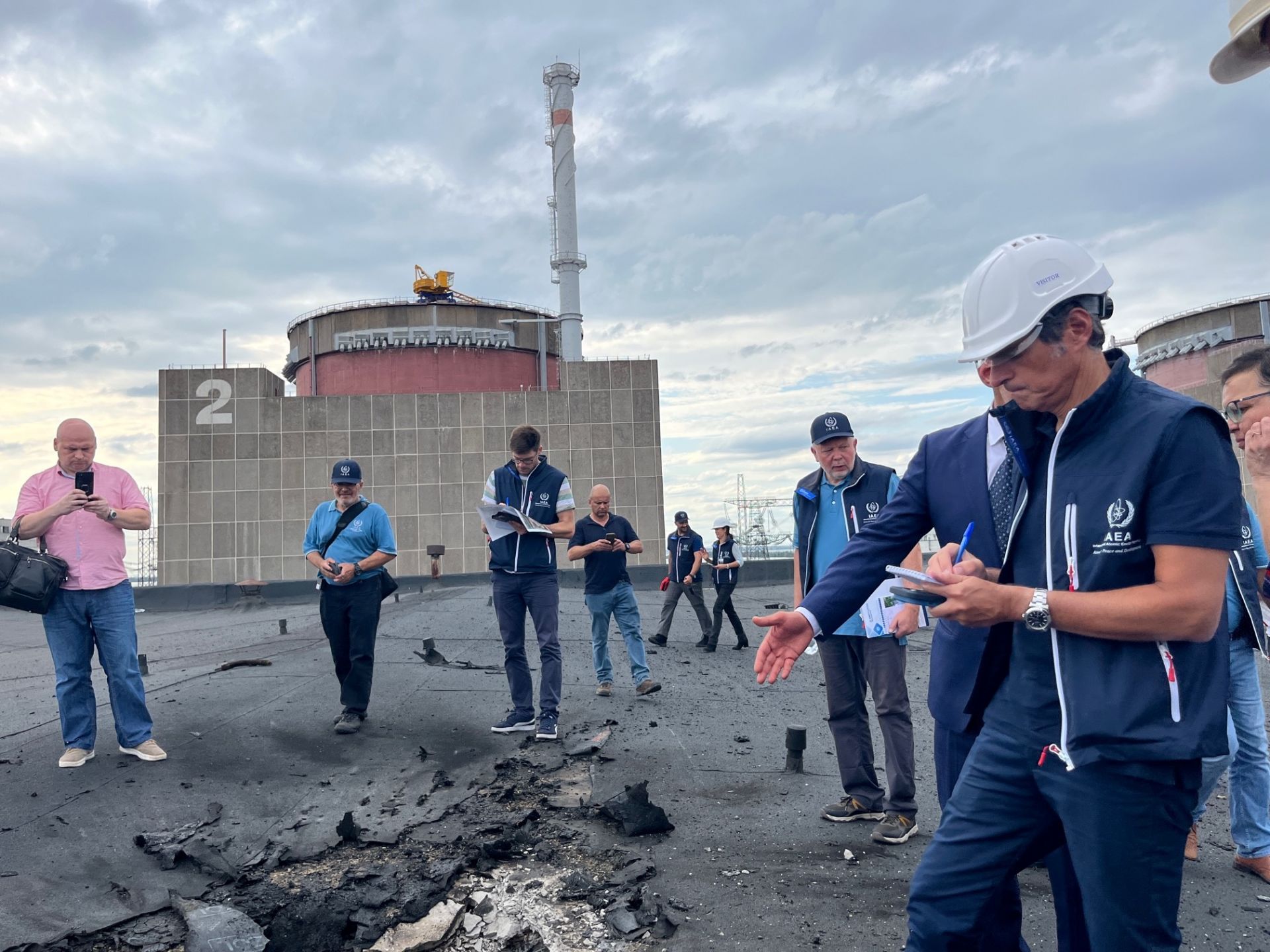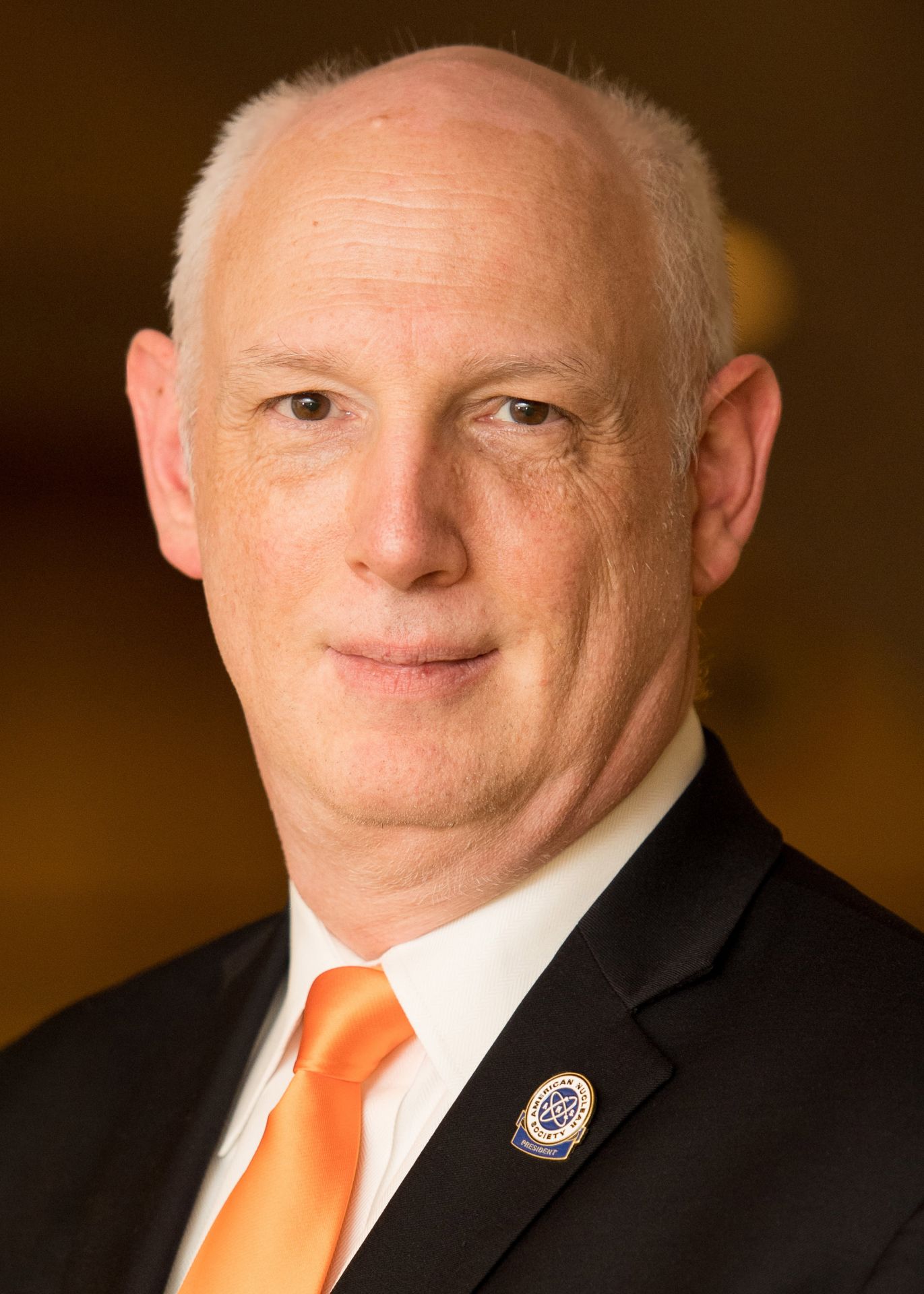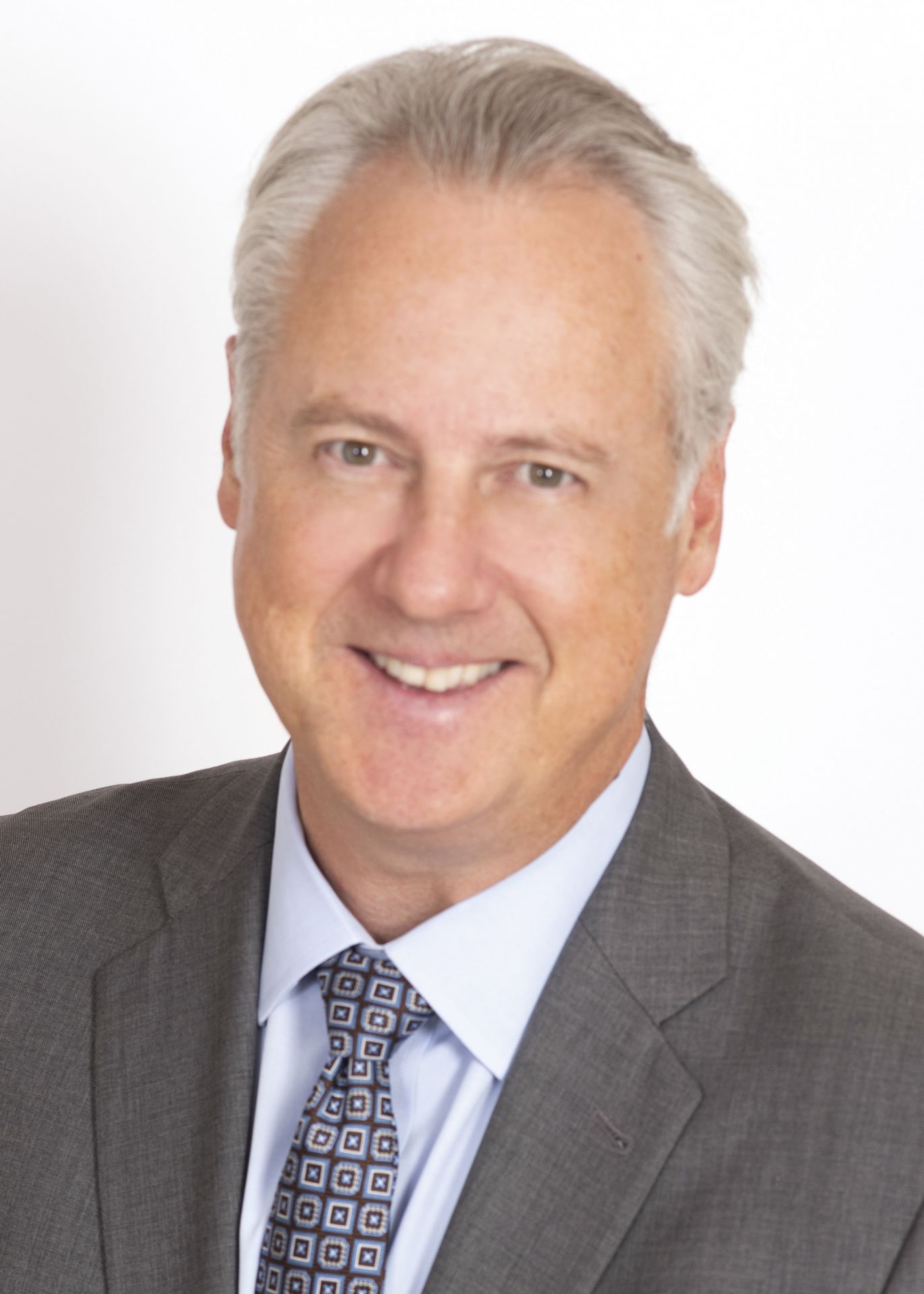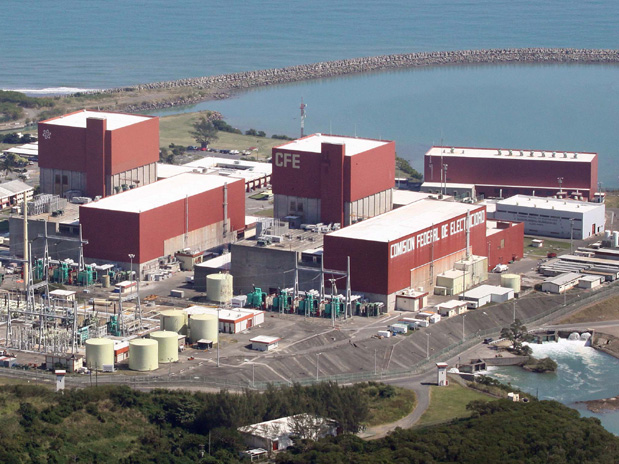A new IAEA peer review service demonstrates the proper management of disused sealed radioactive sources. (Photos: IAEA [left] and TINT [right])
The International Atomic Energy Agency has carried out the first mission of its Disused Sealed Radioactive Sources Technical Centre peer review service, or DSRS TeC, at the Thailand Institute of Nuclear Technology (TINT) in Bangkok. Held July 18–21, the inaugural mission was supported by funds from the United States.
The IAEA is helping expand the use of nuclear medicine to control cancer in developing nations. (Photo: P.Pavlicek/IAEA)
With funding from the Islamic Development Bank (IsDB), the International Atomic Energy Agency is working to help developing countries scale up their cancer care capacities in radiotherapy, the agency said. A multilateral development bank, IsDB works to improve lives by promoting social and economic development in 57 member states and Muslim communities around the world.
Olsen was part of the IAEA team that inspected the Rivne nuclear power plant in Ukraine last year. (Photo: IAEA)
Student members are the future of the American Nuclear Society, and ANS believes in the importance of supporting students those who have shown academic, service, and leadership excellence as they navigate their early careers. Robert Olsen, now a nuclear security officer with the International Atomic Energy Agency in Vienna, Austria, was one such beneficiary.
The IAEA team of of nuclear safety, security, and safeguards experts inspecting damage last year at the Zaporizhzhia nuclear power plant. (Photo: Dean Calma/IAEA)
As the war in Ukraine enters its second year, the International Atomic Energy Agency has released Nuclear Safety, Security and Safeguards in Ukraine, an overview of the conflict’s impact on the beleaguered nation’s nuclear facilities and of the agency’s actions to lessen the likelihood of a nuclear accident.
The student social media ambassadors at the IAEA Nuclear Power Ministerial in October 2022 (left to right): Sam Dotson from the University of Illinois, Madison Gitzen from Pennsylvania State University, Peter Hotvedt from the University of Michigan, Jillian Newmyer from Oregon State University, Brienna Johnson from the University of Wisconsin–Madison, and Pearle Lipinski from Ohio State University.
Pearle Lipinski is a nuclear engineering Ph.D. student in Ohio State University’s Department of Mechanical and Aerospace Engineering (MAE). In October 2022, at the International Atomic Energy Agency’s fifth International Ministerial Conference on Nuclear Power in the 21st Century (also known as the Nuclear Power Ministerial, or NPM), she acted as a student social media ambassador, where she was a “huge success in getting the word out,” according to Lei Raymond Cao, director of the OSU nuclear engineering program.
The Rivne nuclear power plant in western Ukraine, home to four VVER pressurized water reactors. (Photo: Victor Korniyenko/Wikipedia)
In what it is calling a “major expansion” of its efforts to prevent a severe nuclear accident befalling Ukraine, the International Atomic Energy Agency yesterday announced that it is deploying teams of nuclear security and safety experts this week to the beleaguered nation’s nuclear power plants and the Chernobyl site. (The agency has already stationed a team of experts at Ukraine’s largest nuclear facility, the six-unit Zaporizhzhia plant, which has been under Russian military occupation since last March.)
Energy secretary Jennifer Granholm (in purple blazer) and the ANS-sponsored delegates pose in front of the Nuclear for Climate booth at COP27.
Nuclear energy is no longer on the fringes of the international climate conversation. At COP27, the United Nations climate change conference held in Sharm el-Sheikh, Egypt, from November 6 to 18, pronuclear advocates were everywhere—and they were talking to everyone. They populated the International Atomic Energy Agency’s #Atoms4Climate pavilion, the first-ever nuclear pavilion in the 27-year history of the negotiations. Echoing such strong representation, the final statement issued by the conference used language that included nuclear power.
Mexico's Laguna Verde nuclear power plant, on the coast of the Gulf of Mexico in the state of Veracruz.
An agreement between the United States and Mexico on civil nuclear cooperation has entered into force, the U.S. State Department announced last week. While first proposed in 2016 and finalized and signed in 2018, the pact only received approval from the Mexican Senate this March.
A Northrop Grumman Antares rocket, with the Cygnus spacecraft Sally Ride aboard (so named for first American woman to fly in space), launched at 5:32 a.m. EST on November 7, from NASA's Wallops Flight Facility in Virginia. The rocket is captured just after liftoff in this still image from NASA’s live broadcast of the event.
Seeds from the joint laboratories of the International Atomic Energy Agency and the Food and Agriculture Organization of the United Nations (FAO) are onboard a Cygnus spacecraft launched from NASA’s Wallops Flight Facility in Virginia early on November 7. Now orbiting the Earth en route to the International Space Station, the seeds are part of a commercial resupply mission with a payload that includes resources to support more than 250 scientific investigations.





_(52340771440).jpg)






